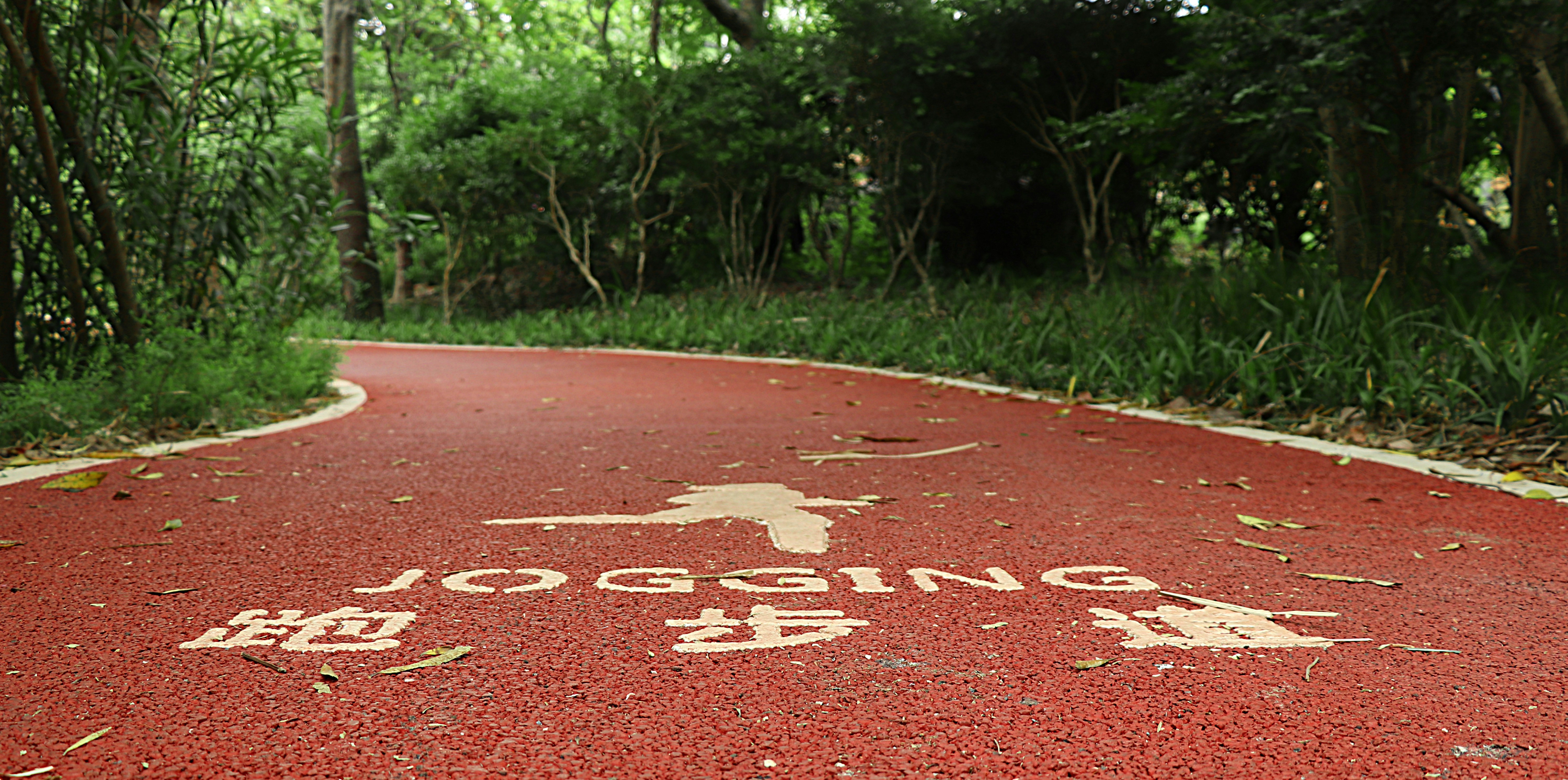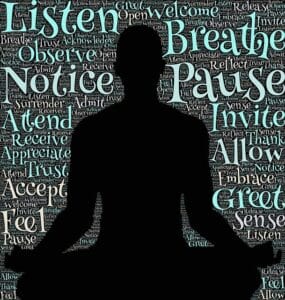In our fast-paced world, stress has become an unwanted companion. Deadlines, relationship issues, financial worries… they all contribute to a feeling of being overwhelmed. While long-term solutions are essential, sometimes you need immediate relief. That’s where deep breathing comes in—a simple yet powerful technique to calm your nervous system in minutes.
How Deep Breathing Calms the Body
When you’re stressed, your body kicks into “fight or flight” mode. Your heart rate increases, your breathing becomes shallow and rapid, and your muscles tense up. Deep breathing helps reverse this process by activating your parasympathetic nervous system, often referred to as the “rest and digest” system. This system slows your heart rate, lowers blood pressure, and promotes a sense of calm.
How to Practice Deep Breathing
The beauty of deep breathing lies in its simplicity. You can do it anywhere, anytime. Here’s a basic technique:
- Find a comfortable position: You can sit, stand, or lie down. Ensure your spine is relatively straight to allow for full lung expansion.
- Inhale slowly: Breathe in deeply through your nose, allowing your abdomen to expand. Count to four as you inhale. Focus on filling your lungs completely.
- Hold: Hold your breath for a count of four. This allows the oxygen to fully saturate your bloodstream.
- Exhale slowly: Slowly exhale through your mouth, gently contracting your abdominal muscles to push out all the air. Count to six as you exhale.
- Repeat: Continue this cycle for several minutes, focusing on the rhythm of your breath.

 Tips for Effective Deep Breathing
Tips for Effective Deep Breathing
- Consistency is key: Aim to practice deep breathing exercises daily, even when you’re not feeling particularly stressed. This will make it easier to access the technique when you need it most.
- Find your rhythm: The 4-4-6 count is a good starting point, but feel free to adjust the numbers to find a rhythm that feels comfortable and natural for you.
- Use visual aids: Imagine filling your lungs with calming energy as you inhale and releasing stress and tension as you exhale.
- Combine with other relaxation techniques: Enhance the effects of deep breathing by pairing it with other relaxation methods like aromatherapy or listening to calming music.
- Be patient: It may take some practice to get the hang of deep breathing. Don’t get discouraged if you don’t feel immediately relaxed. Keep practicing, and you’ll gradually become more proficient.
Benefits Beyond Stress Reduction
While deep breathing is primarily known for its stress-reducing effects, it offers a range of additional benefits:
- Improved focus and concentration: By calming the mind, deep breathing can enhance your ability to focus on tasks.
- Lowered blood pressure: Regular deep breathing can help regulate blood pressure levels.
- Better sleep: Practicing deep breathing before bed can promote relaxation and improve sleep quality.
- Pain management: Deep breathing can help manage chronic pain by reducing muscle tension and promoting relaxation.
- Emotional regulation: Deep breathing can help you better manage your emotions and react more calmly to stressful situations.
Incorporating Deep Breathing into Your Life
Deep breathing can be seamlessly integrated into your daily routine. Try practicing it:
- During your commute: Turn your commute into a mini-meditation session by focusing on your breath.
- Before a meeting: Calm your nerves before a stressful meeting by practicing deep breathing for a few minutes.
- When feeling overwhelmed: Take a break from your work or chores and practice deep breathing to regain composure.
- Before bed: Relax your mind and body before sleep by practicing deep breathing in bed.
Deep breathing is a readily available, cost-free tool for managing stress and improving overall well-being. By incorporating this simple technique into your daily life, you can take control of your stress levels and cultivate a greater sense of calm and peace.












